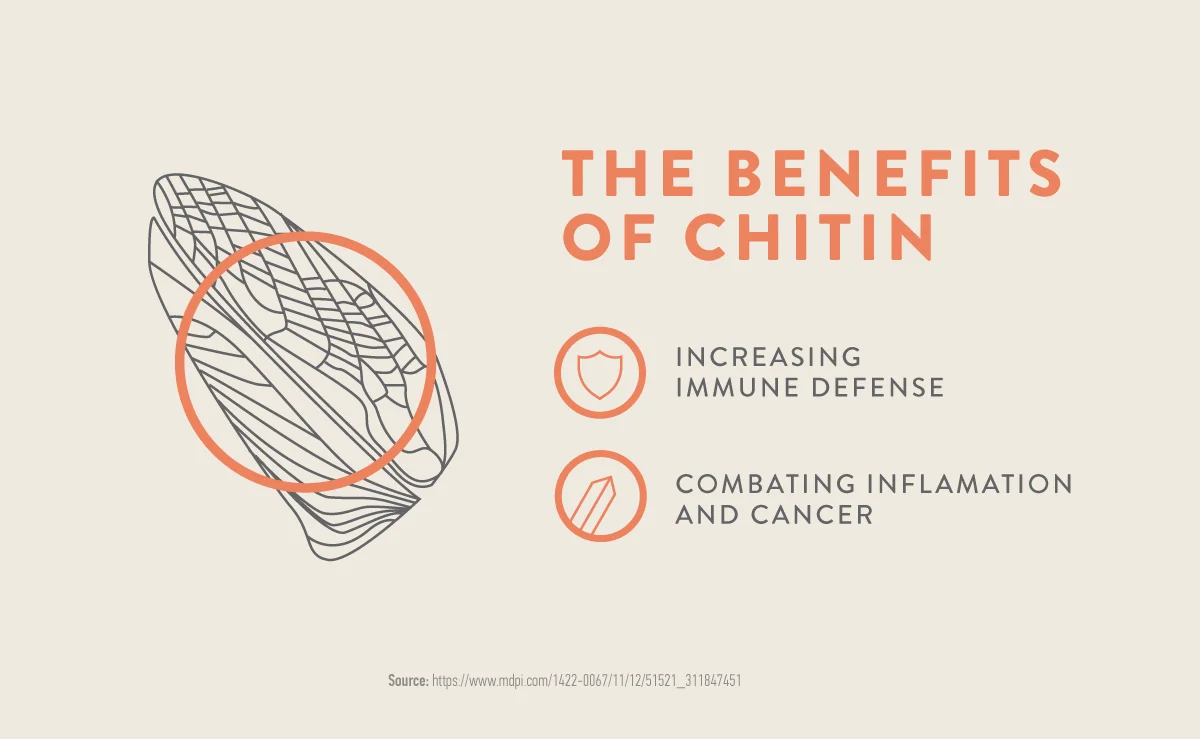|
Sponsored by |
|---|
|
|
|
-
Need help navigating the forum? Find out how to use our features here.
-
Did you know we have lots of smilies for you to use?
You are using an out of date browser. It may not display this or other websites correctly.
You should upgrade or use an alternative browser.
You should upgrade or use an alternative browser.
Lunacy I didn't know that!
- Thread starter CarolKing
- Start date
Marlon Rando
Well-Known Member
Marlon Rando
Well-Known Member
just_tHe_fLu
they say im crazy but i have a good time
Marlon Rando
Well-Known Member
Juicing goodness

bulllee
Well-Known Member
What Are The Most Important Pros And Cons Of Eating Insects?
Should we all eat bugs? In this post you're going to learn what are the advantages and disadvantages of edible insects (Entomophagy)
Anti-nutrients

These are the dark twin of nutrients: substances that interfere with the body’s ability to absorb and use protein. They can compromise the nutritional value of many foods, especially those made from plants (like rice or flour). Some common anti-nutrients are phytic acid, tannins, and lectins.
The exoskeleton, or “chitin,” of an insect has been found to have small amounts of these anti-nutrients. But most studies have found these levels to be relatively low compared with what might be found in plant-based foods.
Luckily, it is not all so dark.
Although chitin reduces our bodies ability to absorb insect protein, there are many health benefits of eating chitin.

Feel free to use this infographic as long as you link to this post
We still don’t know much about the levels of anti-nutrient substances in insects. More research is needed to find out whether they are significant.
I would be more concerned with food borne illness aspects of eating insects, and the allergens . People have been eating insects since time began, they may be a good source of protein for some third world countries, where it's accepted culturally . But it's a hard sell in industrialised nations, it would be too hard to overcome the stigma of eating insects . If we have food shortages this could all change, hunger is a great motivating factor
 .
.Marlon Rando
Well-Known Member
|
Sponsored by |
|---|
|
|
|
